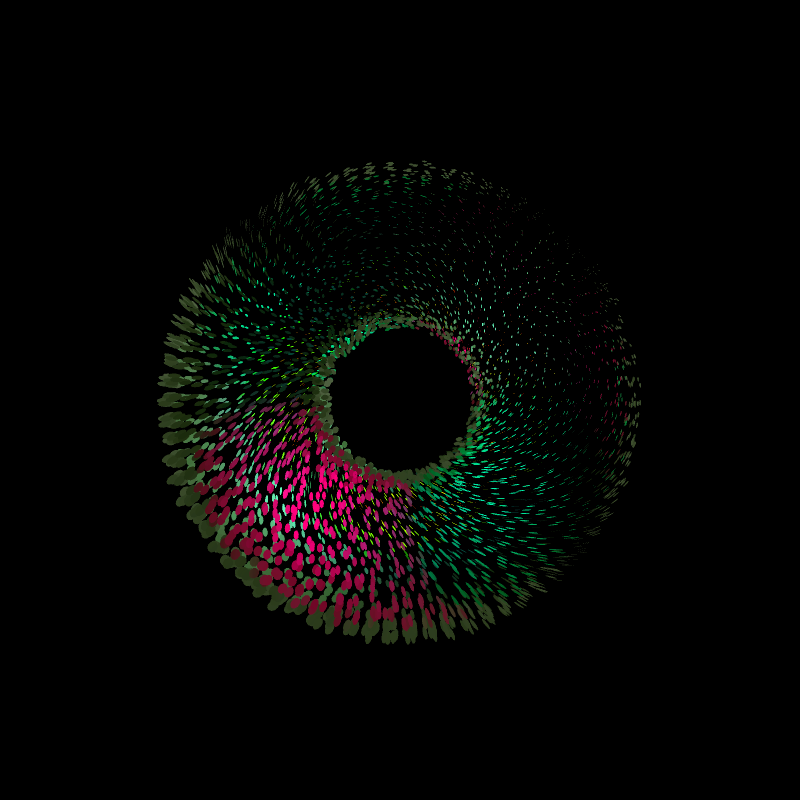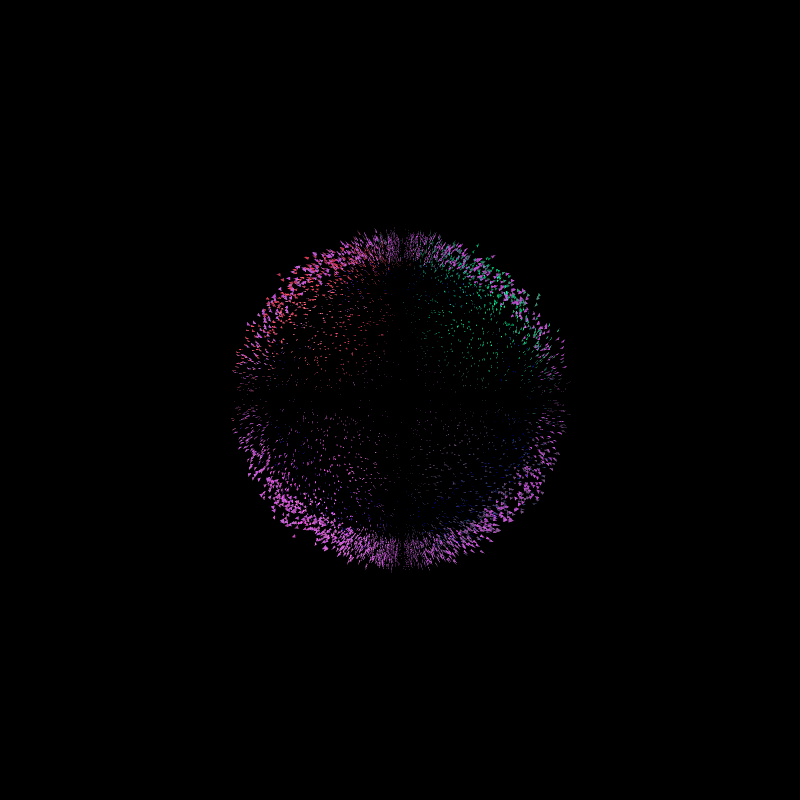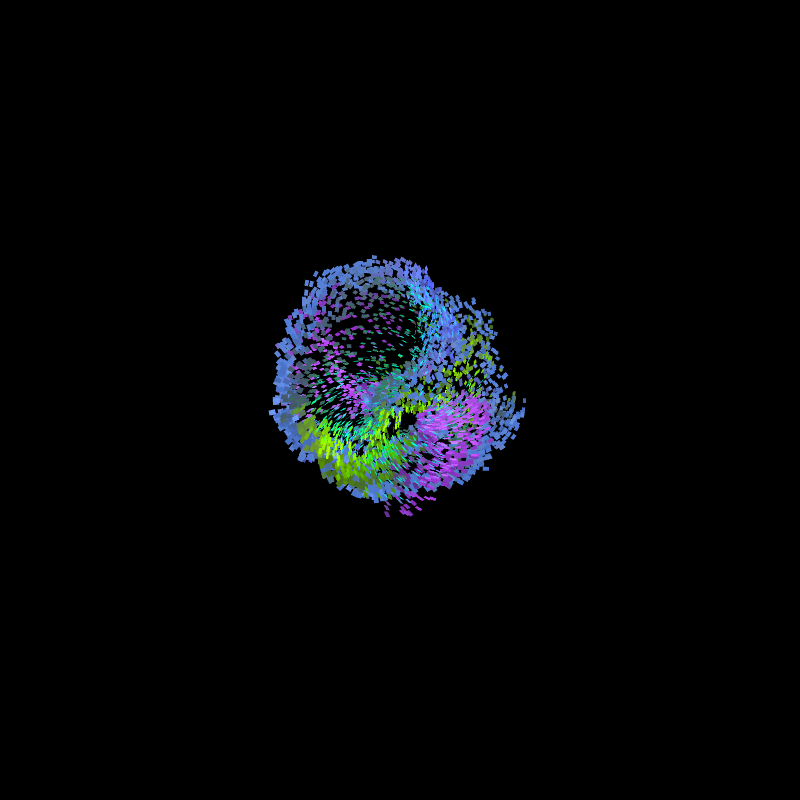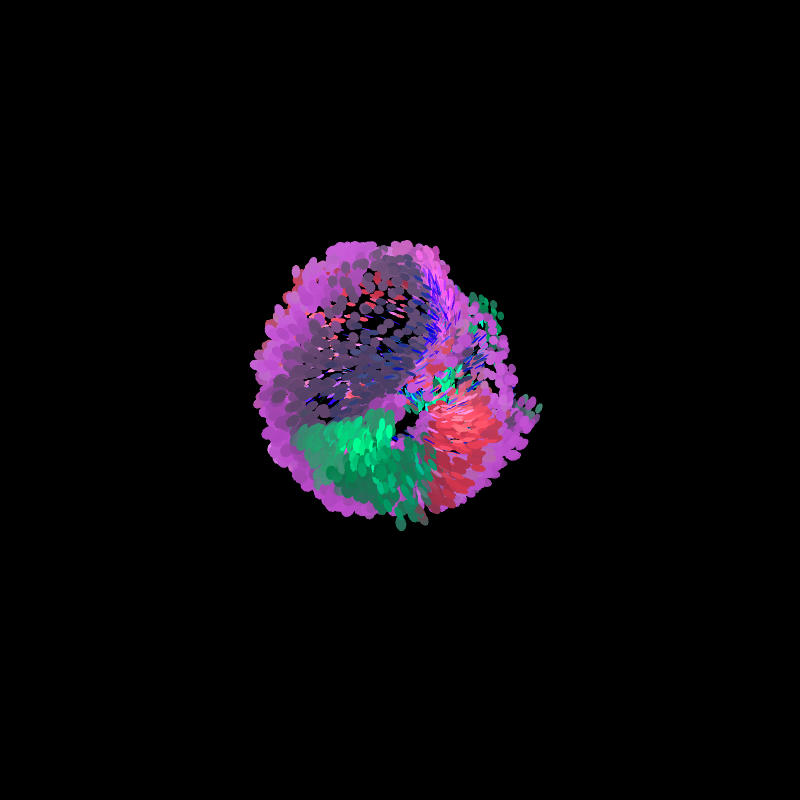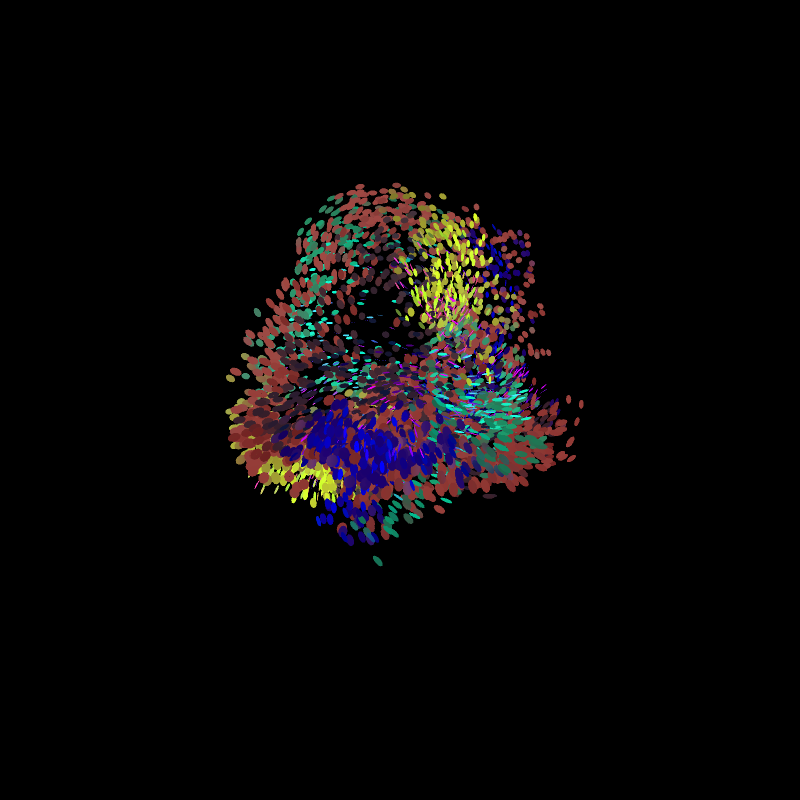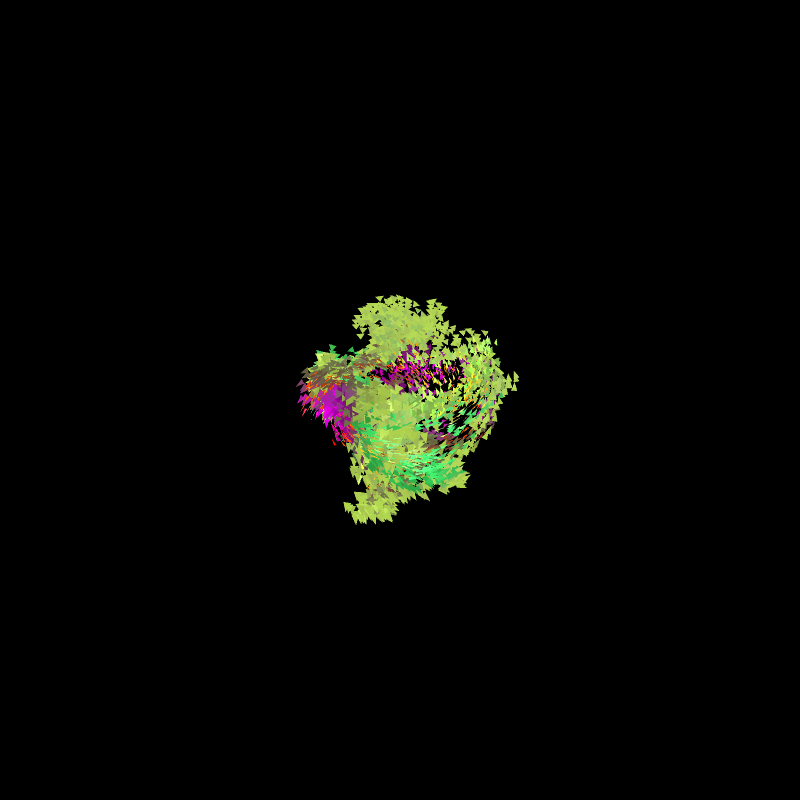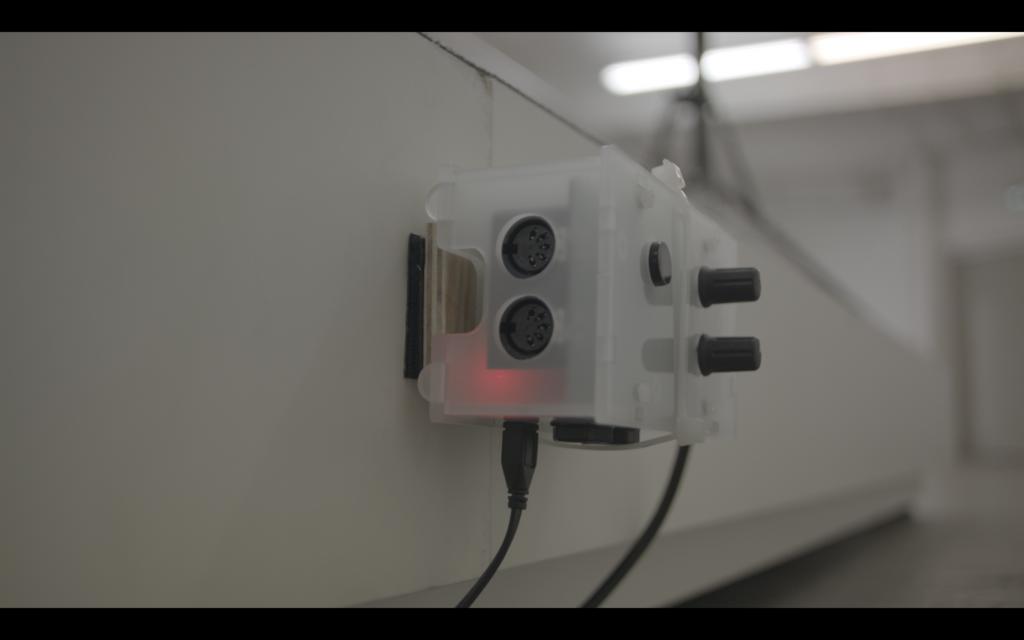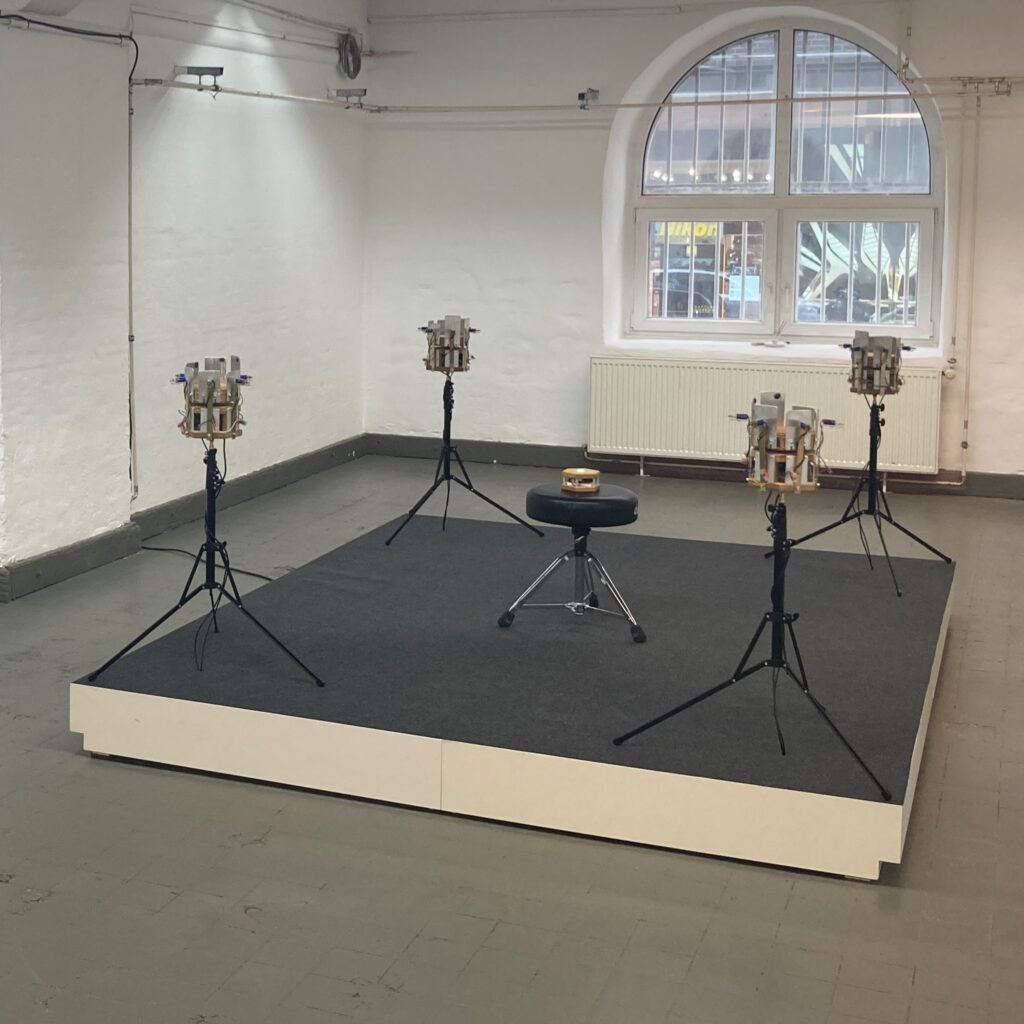Let’s start with a philosophical question. If a tree falls in a forest and no one is around to hear it, does it make a sound? Or, if a tree falls in a forest and you are the only one to hear it, is the sound so unique that no one will ever hear it again? While you keep looking for answers, Kabuki, a frequencies manipulator from Germany, introduces you to his project Extrapolate Inwards – an immersive sound installation where a new sequence is generated for each listener so that no performance is identical. In today’s interview, Kabuki tells us all about his process of creating this and many other sound installations, albums, and even NFTs, so… Enjoy the read!
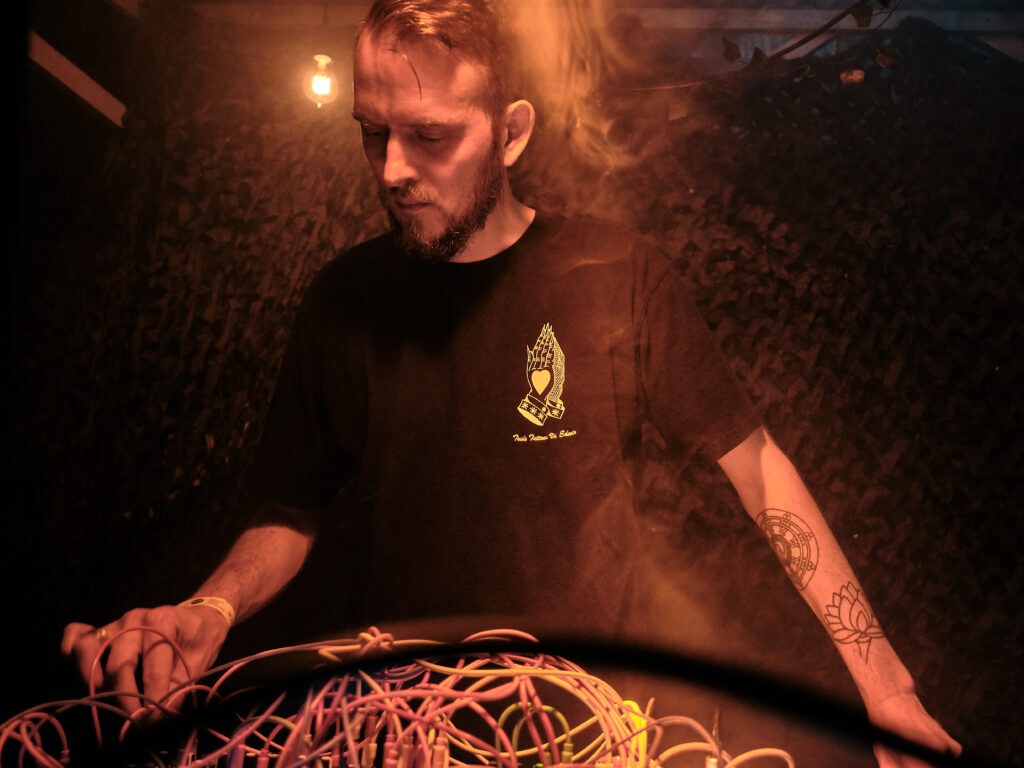
Please tell us everything about the beginning of Kabuki. How did your relationship with sound start and progress throughout the years?
I started my career as a musician in the late nineties. Being an instrumentalist and coming from a Jazz background, I fell in love with music technology and cut my teeth on a four-track tape recorder alongside the Akai S01. At first, I mainly focused on releasing singles and albums and touring the world to support them. Later I reconnected with my passion for tinkering with my tools, and discovering Max/MSP and Pure Data unlocked the world of sound installations for me. These days I enjoy playing live with the modular synthesizer or expressing myself through conceptual music releases and exhibitions.
You have already released 5 albums and 10 EPs throughout your creative journey. How did your musical style and taste grow from your first release up to your latest?
I would say that Jazz, in its many forms, has always been the North Star in my career as a musician. When I was a teenager, I was allowed to skip my studies and visit a music school in Vienna instead, where I was first exposed to modal jazz and Indian rhythms. It was there that I first heard “Maiden Voyage”, and that composition is still as important to me today as it was over 30 years ago. But I am also hungry to discover new sounds and genres and love to immerse myself in obscure styles such as Hypnagogic Pop or Dungeon Synth.
Why and when did you decide to start creating sound installations? How would you describe the process of bringing these projects to life?
The first time I realized the creative power of building your own instrument was when I was hired by a company to help develop a new musical device using a pressure-sensitive foil. I was able to connect this to my laptop via USB and used Max/MSP for prototyping my ideas. The possibility of decoupling pitch and gate information and treating them just as streams of data influenced my style of composition and also how I think about music. The power of being able to create processes without code coupled with the accessibility of single-board computers like the Arduino and the RPi resulted in AXYS, my first large-format installation where I used three pendulums to drive a cartesian sequencer using light sensors connected to an Arduino. For me, challenges exist as a creative jumping-off point, and thanks to the internet, nothing is unsolvable. Challenges also teach you when it’s time to let go and look for a plan B. I have a notebook with many unrealized ideas for sound installations. Whenever I am commissioned to work on a new project, I simply need to review my ideas and then work on possible ways to turn them into reality. I’m building the plane as I’m flying, and I’m not scared to exhibit something that is held together by string and a piece of gum. There’s always time to make something pretty or more functional, but that magic moment is essential in moving the project over the finish line. Learning how to harness this was an important lesson for me.
Could you please tell us more about your immersive sound installation Extrapolate Inwards? What role does Pisound play in this project?
Extrapolate Inwards was my first installation where the physical world wasn’t controlling a process but the other way around. To be more concrete, I had the idea to create an algorithmic composition with the added parameter of the physical location of a sound so that the listener would become an active part of the process simply by listening. I found an instrument builder in the Netherlands who built four identical Gamelan-like idiophones for me, which are triggered by eight solenoid motors driven by an Arduino. The Pisound fulfills an important role, namely running a Pure Data script that addresses each of the four “players” and generates the composition. The listener is handed a custom remote, which, when triggered, runs the Pure Data patch and starts the process. Each experience exists only once and for one listener alone, which I felt was a beautiful idea to explore. I really love the Pisound and the community around it. Whenever I ran into an issue, I got help through the forum. The Pisound will remain an essential tool in my belt, but it’s going to take on different roles in my future installations. I love how it unlocks a new creative dimension for me.
Could you please share your knowledge on NFTs with the creators who might be interested in them?
I got interested in generative NFTs once I learned about platforms like Artblocks or fxhash. I was very inspired by the idea of putting a process on the blockchain and allowing collectors to mint unique variants of a particular idea. This was very similar to how I thought of Extrapolate Inwards, providing unique experiences to the listener. It was only natural that my first NFT was a digital representation of CHROMATIC DRIFT, the first installation I exhibited in a museum. I would recommend any creator to take a look at the web3 space without being turned off by the financial obscenities surrounding it. There are many inspiring individuals building in this space, and it’s just a matter of finding the right tribe to start your journey.
NFT „Murmuration”:
Before we say goodbye, would you mind sharing some of your future plans/projects with the Blokas community? Thank you!
I recently invested in a Prusa 3d printer kit that I built. It is an amazing piece of gear, and it almost feels magical that I’m now able to print small parts and enclosures for my installations. Somehow this has been the missing link, and I’m currently working on a revised version of Extrapolate Inwards. Since the mechanical tolerance of the solenoid switches is quite high, the timing of the triggers could sometimes be slightly off, and I’m now developing a calibration procedure to get super-tight timing. Also, I’m planning to print adapters for the solenoids so that I can attach different materials such as felt or rubber and generate different sounds when striking the tines of the Idiophones. So many ideas, so little time!
